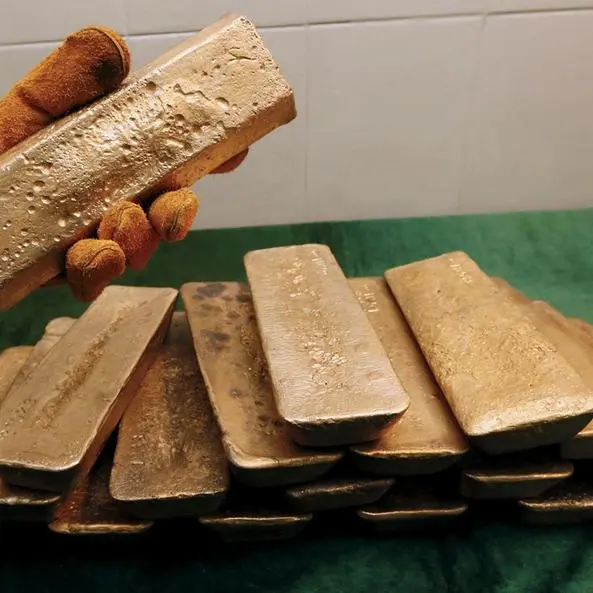PHOTO
(The opinions expressed here are those of the author, a columnist for Reuters.)
LAUNCESTON, Australia - The spot price of liquefied natural gas (LNG) in Asia eased last week amid signs that seasonal demand may be peaking and the five-month rally is trimming purchases by price-sensitive buyers.
The price of spot LNG for delivery to North Asia dropped to $13.80 per million British thermal units (mmBtu) in the week to Aug. 23, a decline of 2.1% from the eight-month high of $14.10 the prior week.
It was also the first time the benchmark price had fallen in four weeks, although it is still 66.3% above the low so far this year of $8.30 per mmBtu hit at the beginning of March.
Asian LNG prices have been driven higher by strong demand from heavyweight buyers such as China and Japan, amid a warmer-than-usual northern summer that has stoked power demand for air-conditioning.
Asia's imports of the super-chilled fuel are on track to reach a seven-month high of 25.03 million metric tons in August, according to data compiled by commodity analysts Kpler.
This is up from 23.86 million tons in July, and also above the 23.32 million in August last year.
Much of the increase has been driven by China, the world's biggest LNG importer, with its August arrivals estimated at 6.94 million tons, the most since January and up from July's 5.91 million.
While China has seen rising power demand because of hot weather, only small volumes of LNG are used to generate electricity, the bulk being supplied by coal, renewables and nuclear.
Rather it's China's increasing use of LNG in trucking that is driving consumption, with consultants Wood Mackenzie saying in a report last month that LNG truck sales "rose from below 10%to reach as much as 30% of the market in the latter months of 2023".
LNG demand in Japan, the world's No. 2 importer, is being driven by more traditional factors such as increased air-conditioning use.
Japan's imports are estimated at 5.83 million tons in August, a five-month high and up from 5.45 million in July.
South Korea, the third-biggest LNG importer, shows a similar pattern, with August arrivals of 3.86 million tons being the most since April and up from 3.16 million in July.
INDIA, THAILAND
However, looking at the more price-sensitive Asian buyers reveals a different pattern, with India, the region's fourth-biggest importer, forecast to have arrivals of 2.09 million tons in August, the lowest since April and down 18% from July's 2.56 million.
Thailand's August LNG imports dropped below 1 million tons for the first time since April, with Kpler estimating arrivals of 880,000 tons, down from 1.04 million in July.
It's likely that higher prices have curbed imports by India and Thailand, with market sources indicating utilities in both countries have failed to award spot tenders in recent weeks.
This suggests that spot prices may have to ease further in order to tempt buyers in South and Southeast Asia back into the market.
It's also likely that demand in North Asia may return to its normal seasonal pattern, which typically sees a peak in summer, usually August, followed by declining imports until October before arrivals kick up again to meet winter demand.
A further factor that may see Asian spot LNG prices ease is the ongoing weakness in demand in Europe.
The second-biggest importing continent is on track to import 6.25 million tons in August, the lowest monthly total in three years, and down from 6.52 million in July and 8.58 million in August last year.
LNG demand is slipping as the European Union's natural gas inventories reached 90% of target last week, which is 10 weeks ahead of the target set by Gas Infrastructure Europe.
It's also likely that Europe's natural gas demand has shifted structurally lower since the continent was forced to cut reliance on pipeline supplies from Russia in the wake of Moscow's February 2022 invasion of Ukraine.
The opinions expressed here are those of the author, a columnist for Reuters.
(Editing by Jamie Freed)





















